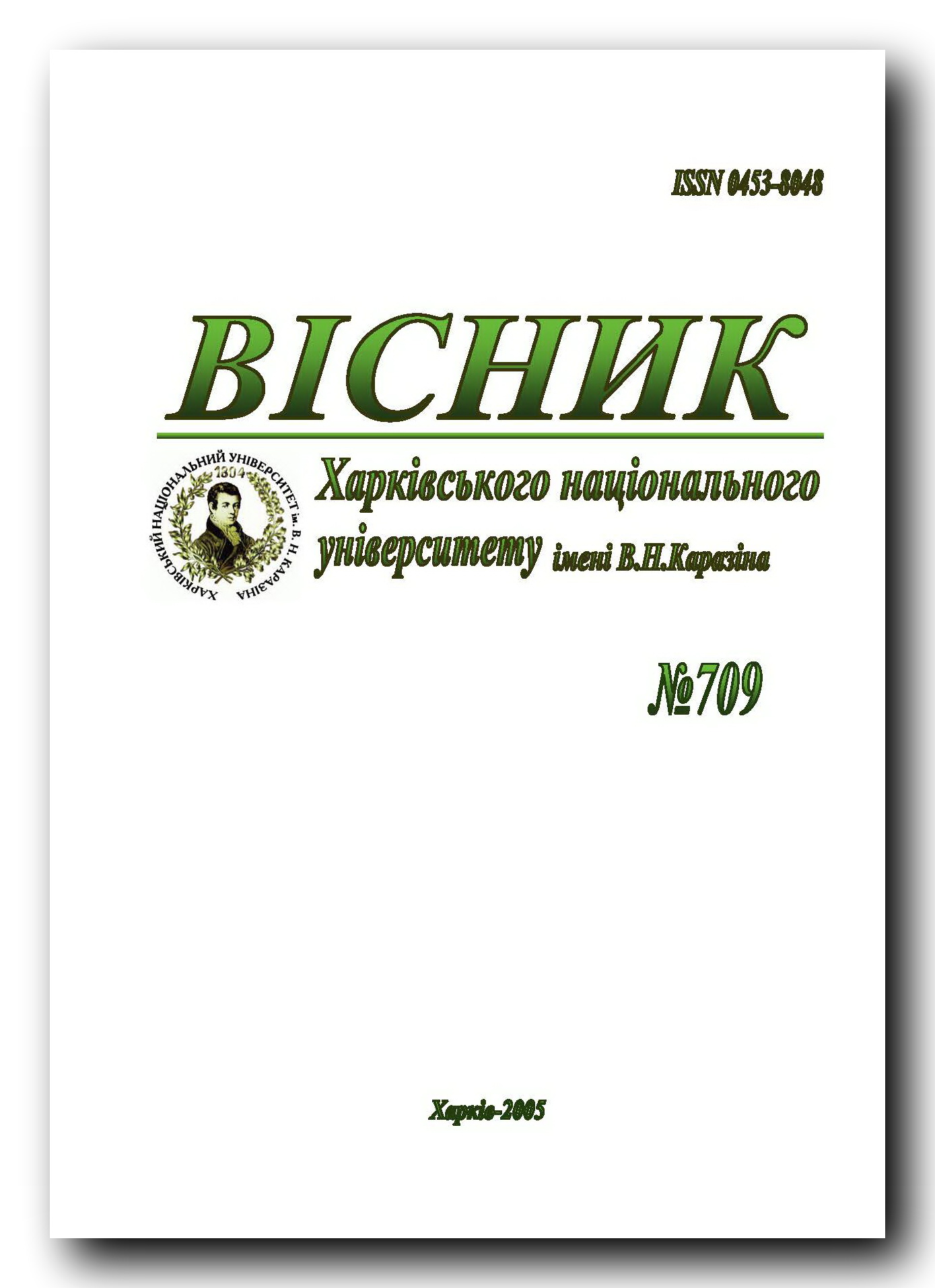THE ORGANIZATION OF THE HOODED CROW (CORVUS CORNIX) COMMUNAL ROOSTS IN KHARKOV
Abstract
I investigated the peculiarities of seasonal organization of the Hooded crow (Corvus cornix) communal roost sites in Kharkov city in 2003-2005. The Hooded crows form small (several hundred individuals) roosting aggregations from April on traditional territories. These roosting locations exist several months and roost sites are contiguous with preroosting territories. From the middle October crows begin to leave these roosting sites and move into remote traditional combined communal roost. This huge winter congregation may include 4500 individuals. The catchment radius of roost is at least 15-16 km. Our data indicates that the crows’ numbers on the large communal roost appreciably declined from the middle of March, though some individuals keep together on this territory until the beginning of April. On this territory the communal roosts of the Black-billed Magpies (from 30 to 150 depending on the period of the year), Rooks and Jackdaws (the maximal numbers in the middle of November and in the end of February) are located also.
Downloads
Authors retain copyright of their work and grant the journal the right of its first publication under the terms of the Creative Commons Attribution License 4.0 International (CC BY 4.0), that allows others to share the work with an acknowledgement of the work's authorship.




